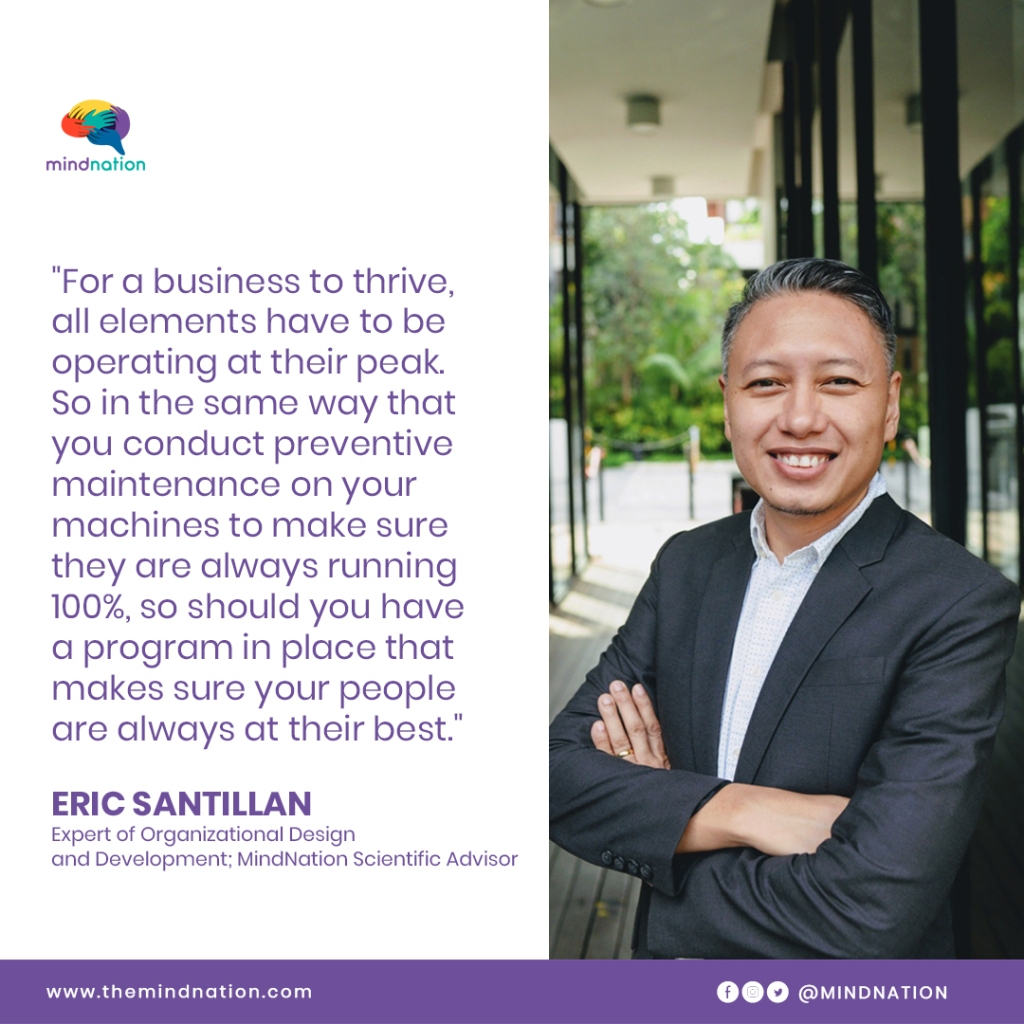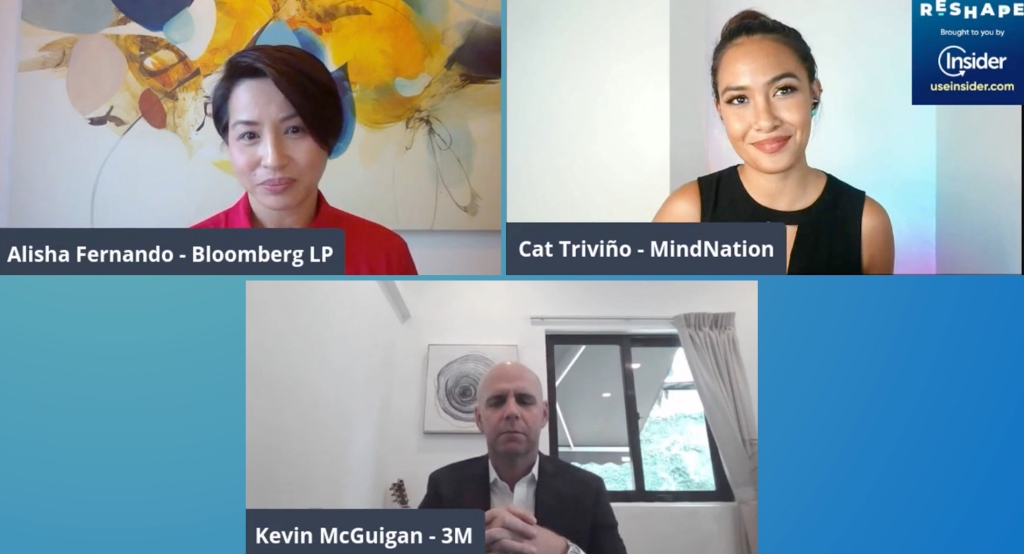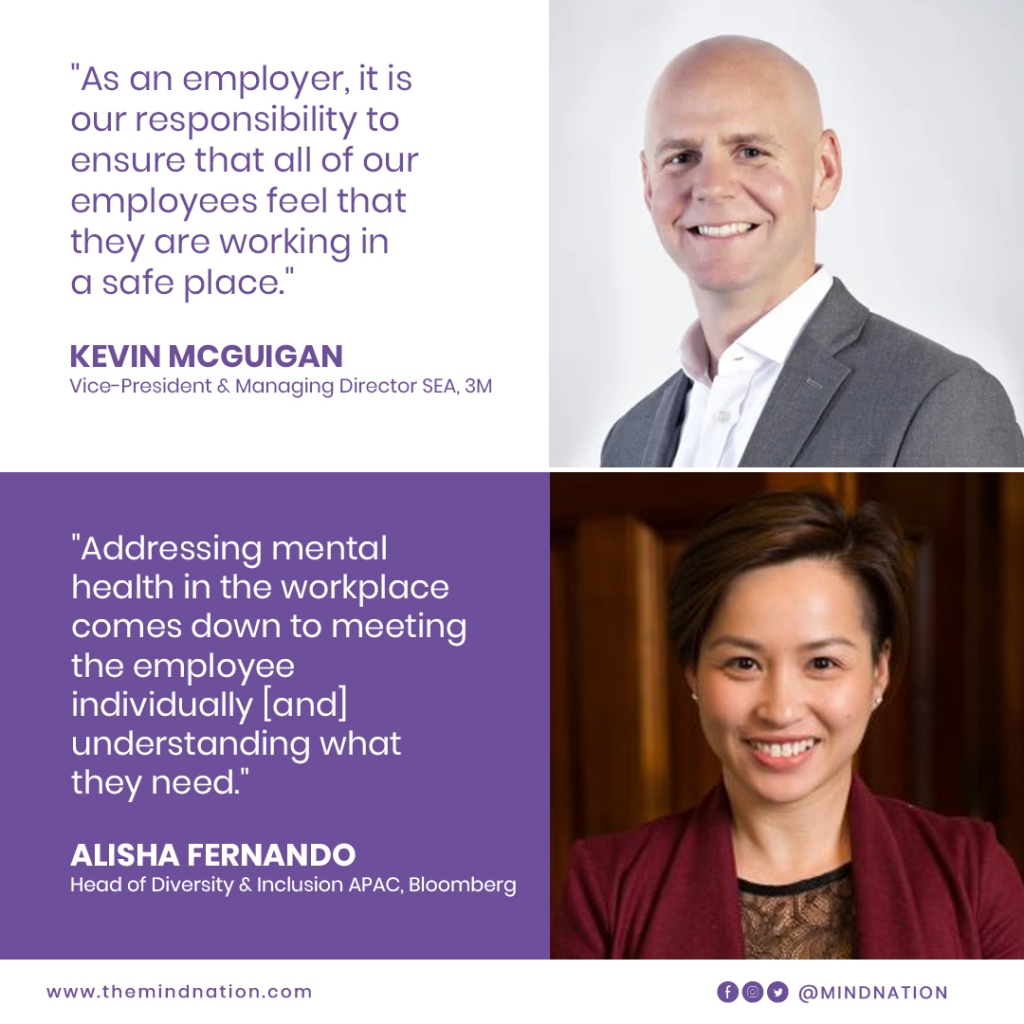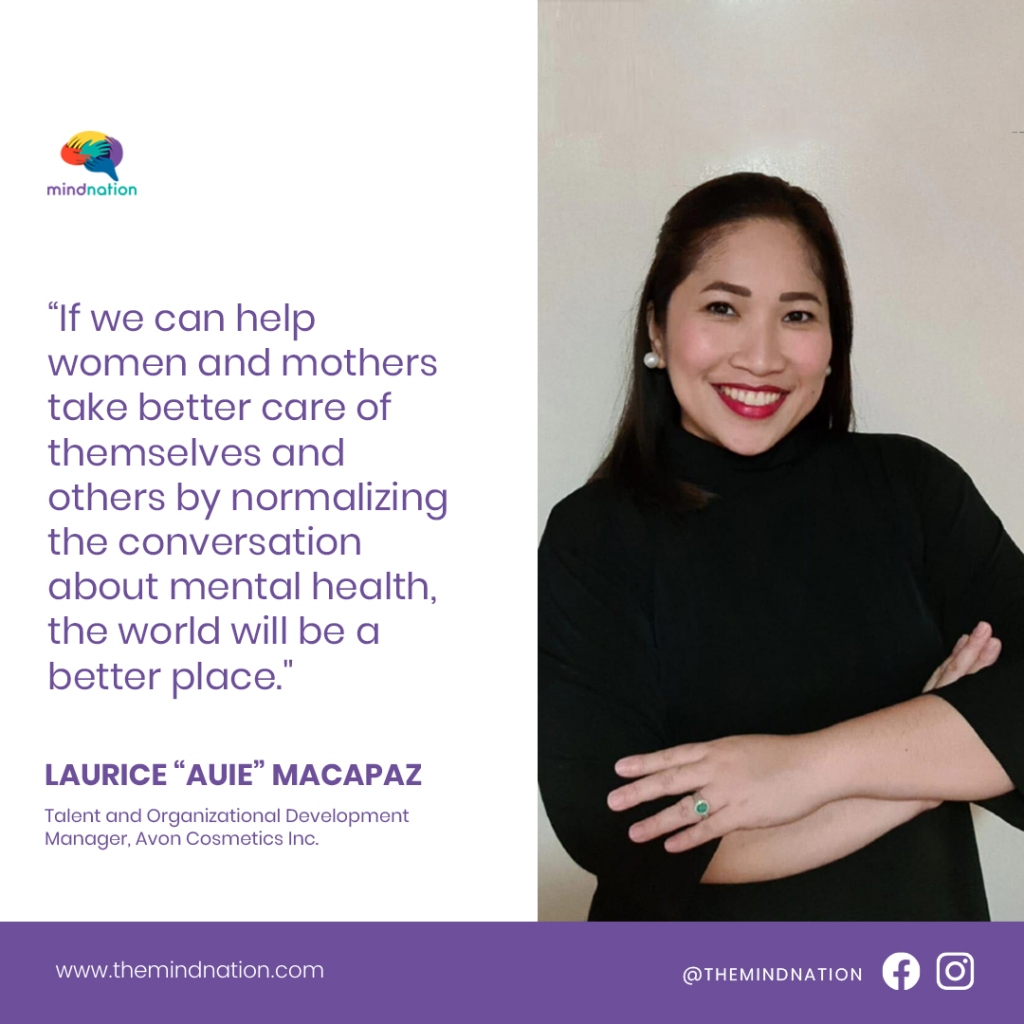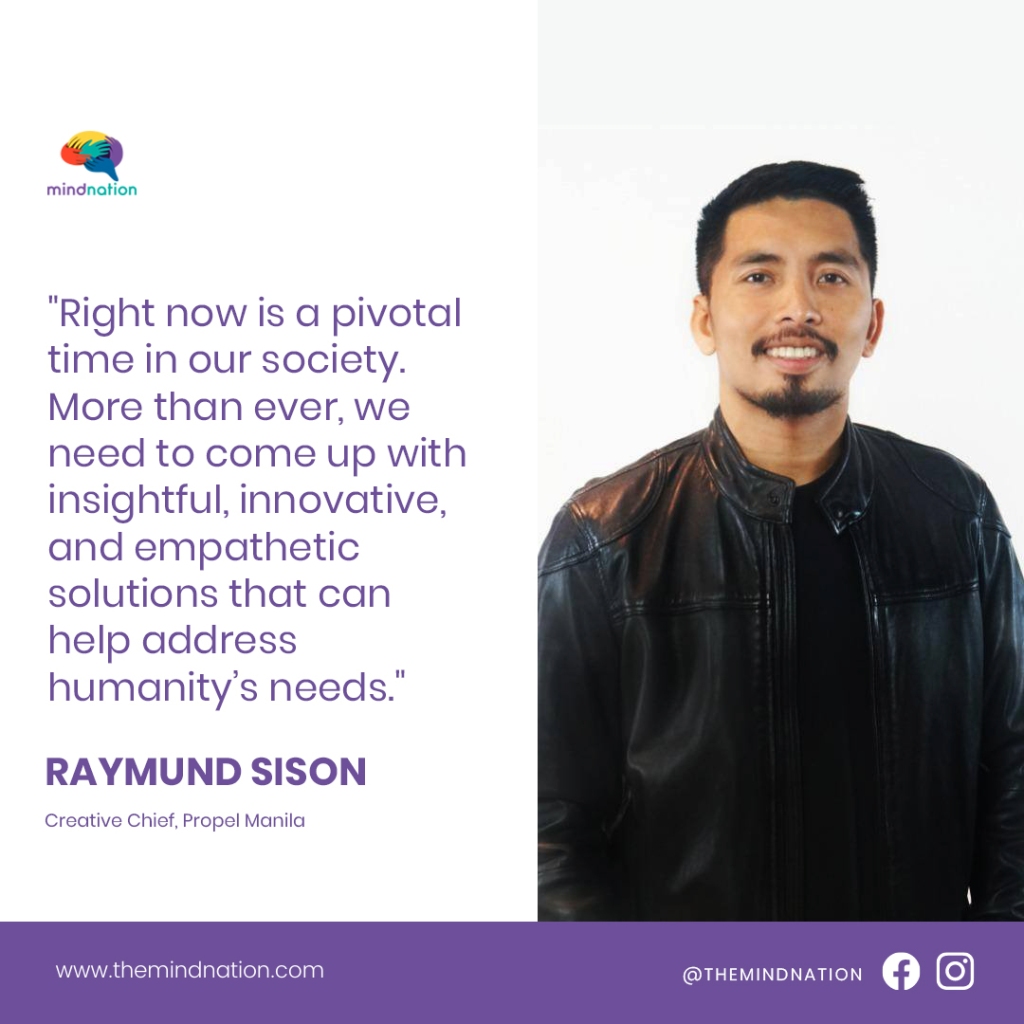Our previous post, Be Your Own Boss: 8 Ways To Increase Your Self-Confidence At Work, talked about how you can build confidence in yourself. Now it’s time to pay it forward and learn how you can build the self-confidence of your team members.
“A self-confident team member is one who is comfortable in their own skin, trusts in their abilities, and knows their strengths and weaknesses.” explains Eric Santillan, an international Organizational Development consultant and a MindNation Scientific Board member. “Additionally, self-confidence is connected to boundaries. When a person has low self-confidence or low self-esteem, he has very porous boundaries, which means negative feedback is taken personally — when you tell them ‘Your report lacks X, Y, Z points,’ they take it as ‘I am no good, I am a failure.’ On the other hand, people with self-confidence have a growth mindset; they take setbacks as learning opportunities to become better.”
Self-confident employees benefit the company in many ways, from improved engagement to better performance. “Having self-confident employees can be a game changer for the company,” Eric stresses. “They are the people who willingly take on extra work because they want to learn more, and they are also the ones that you need to manage the least, allowing you more time to do the things that matter to you.”
“Having self-confident employees can be a game changer for the company. They are the people who willingly take on extra work because they want to learn more, and they are also the ones that you need to manage the least, allowing you more time to do the things that matter to you.”
Eric Santillan
As a manager, here are four things you need to constantly do to instill self-confidence in your employees:
- Develop their skills. Confidence is linked to competence. When you give employees tools and resources to improve themselves and they apply these learnings to produce outstanding work, their confidence rises. So provide your team members with access to courses and training, or maybe even give them the opportunity to run a passion project, so that they hone their skills and have a chance to shine.
- Don’t micromanage. If you do give them additional responsibilities, be empowering and not discouraging. “If you don’t trust your team, they won’t trust themselves,” Eric shares. “If you second-guess their decisions, or require that all decisions go through you, then you don’t incentivize them to make decisions on their own. Employees should not be treated like children that you have to check on all the time.”
- Don’t set them up to fail. Related to the above — make sure you don’t delegate big responsibilities too soon or too quickly, because they might become overwhelmed, inadvertently flounder, and have their confidence shot. “The key is to strike a balance between making sure that the project is important enough to be challenging for the team member, but not big enough that if it fails it will be detrimental to the company’s bottomline,” Eric advises.
- Take care of their well-being. This means building up your team’s mental health, from taking steps to reduce work stress and risk of burnout to providing them with resources to address mental health challenges. Make it a habit to check-in on your team members frequently, so that you get to know them as individuals and create a strong support foundation. When you treat your team members well, they will also view themselves in a positive and more confident light.

As a manager, you should never underestimate your influence over a team member’s confidence. “You have the capacity to make or break someone’s confidence, because next to their significant other, you are their most influential relationship,” Eric points out. “A person who is managed really well will develop confidence, while a person who is managed really badly will feel their confidence eroded.”
MindNation offers virtual training for companies related to self-confidence, from cultivating a growth mindset to building mental agility. Email [email protected] to book a training for your team today!



